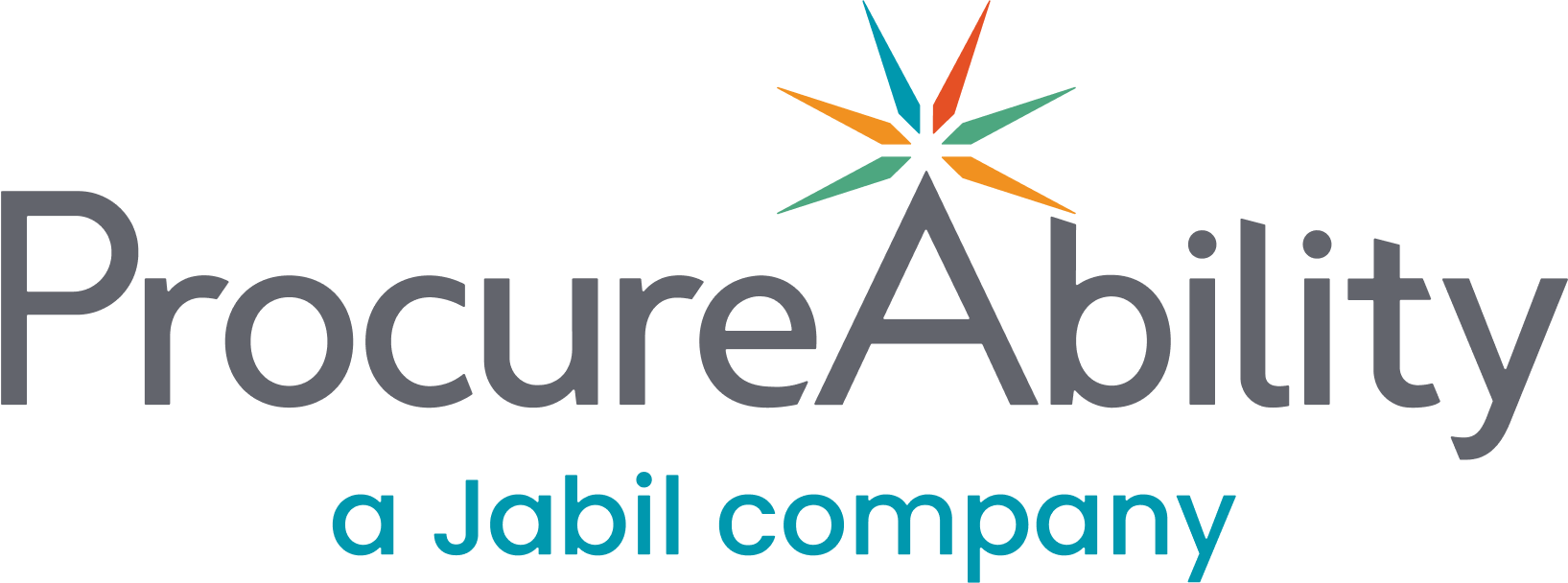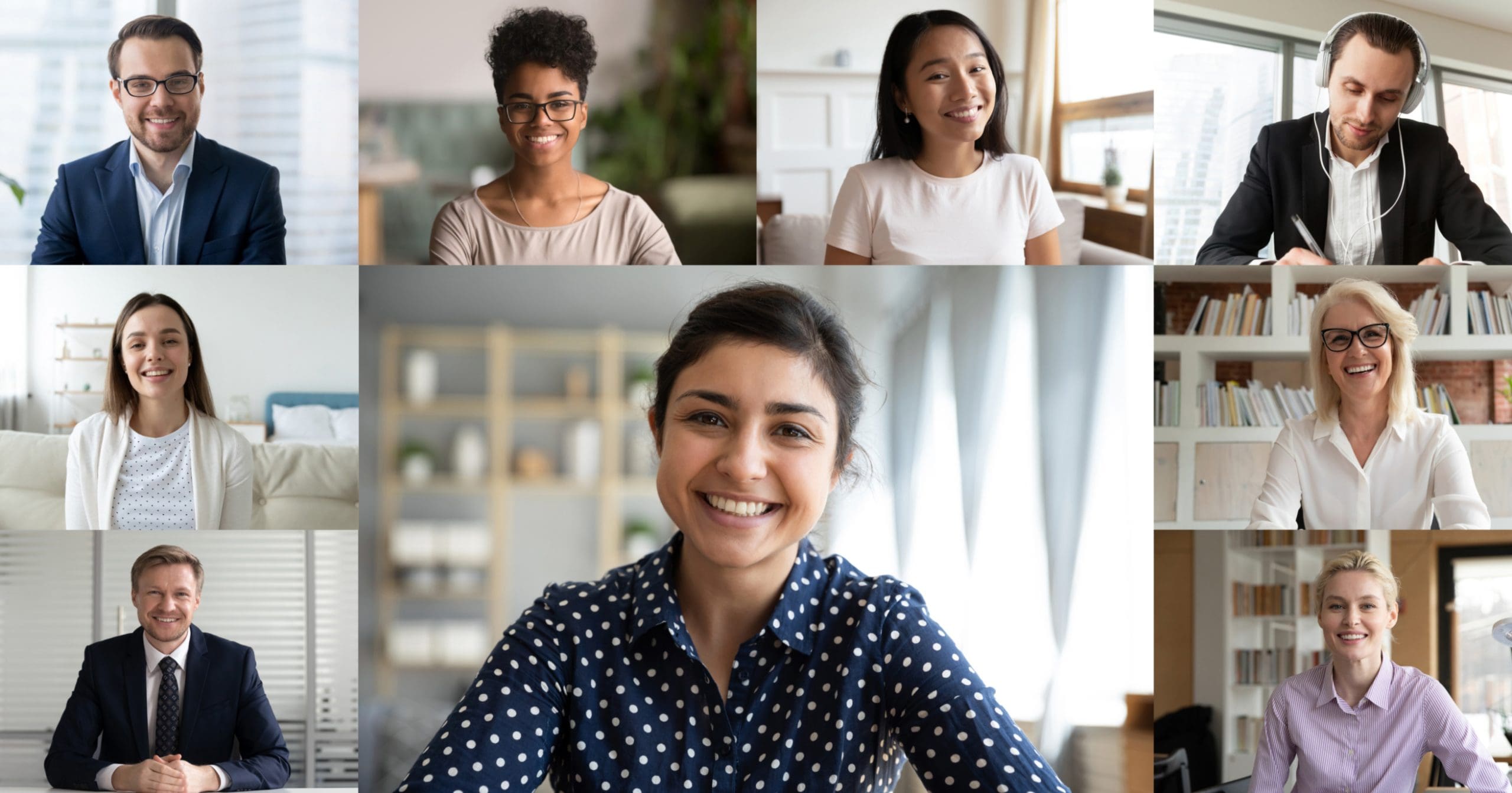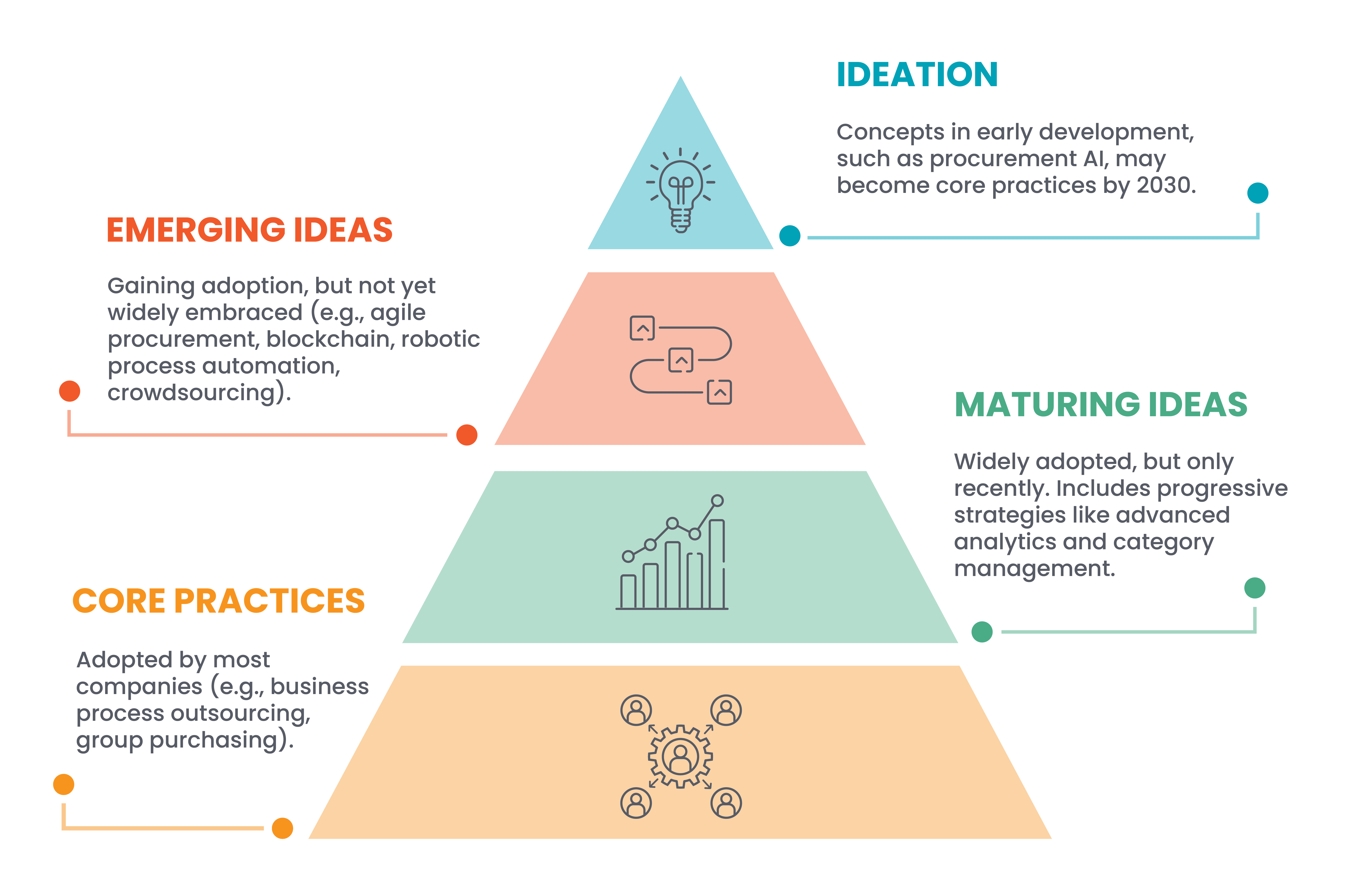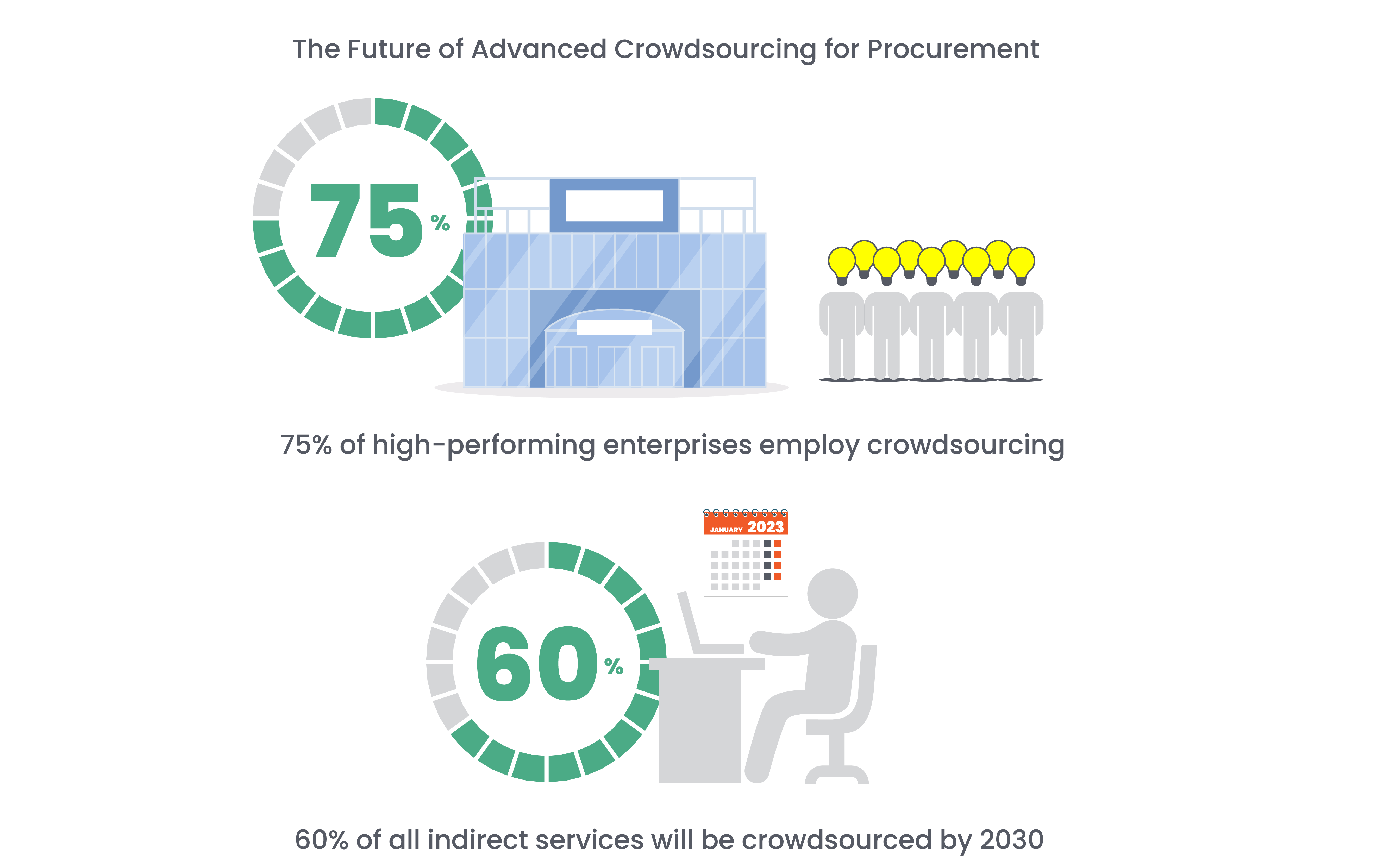In our previous insights, we introduced our ‘Bold Procurement Predictions for 2030’ Insights series, the product of extensive research and input from a think tank of experts in the supply chain field that highlights new practices likely to become common by decade’s end including advanced crowdsourcing, procurement technology acceleration, cognitive computing, hyper cybersecurity, and virtual organization design.
Ideating New Procurement Practices
During the formation of the ‘Bold Procurement Predictions for 2030 Insights Series’, ProcureAbility was very much focused on procurement teams’ maturity levels for accepting new practices and emerging trends. It quickly became clear that procurement organizations are all over the map in terms of the new processes and technologies adopted. Some are still mired in their core practices, while a small group of innovators are ideating new ways to leverage supply chain technology. The focus of ProcureAbility’s effort was at the very top of the pyramid below: ideation.
In this latest Insights, ProcureAbility explores Advanced Crowdsourcing, the first of five emerging trends that procurement organizations can expect to shift from the top of that pyramid to the bottom–concepts that may seem far-fetched today, but will become standard accepted practice by 2030.
We are living in a new era of innovation. Rapid advancements in people, process, and technology are transforming how the Procurement function delivers value, leaving leaders with a decision to adapt or be left behind.
Advanced crowdsourcing
People and organizations are more connected than ever before (at least virtually). The Internet and social media have drawn organizations much closer to stakeholders, paving the way for new methods of collaboration. This new paradigm has enabled ‘crowdsourcing’, a means for large groups of people to collectively mobilize behind common goals. With crowdsourcing, organizations can collect work, funds, information, or opinions from a huge number of contributors via the Internet, social channels, and mobile apps.
The benefits of crowdsourcing
For organizations, crowdsourcing offers a range of benefits, beginning with access to innovative ideas and solutions. The fact that crowdsourcing aligns communities to a common purpose means deeper engagement and, in turn, greater brand loyalty. By breaking complex, multi-faceted projects into smaller jobs, crowdsourcing delivers an efficient means to solve time-consuming problems. Crowdsourcing can look inward (e.g., gauging internal performance) or outward (e.g., tracking market trends). It allows people to share knowledge and resources with peers.
If one million individuals were to contribute towards answering a problem via crowdsourcing, there would be a 97.7% likelihood that the crowd would arrive at the correct answer. 1
Crowdsourcing in procurement
In procurement, crowdsourcing can be employed to receive bids or proposals from a rapidly evolving body of web-savvy suppliers. Chief Procurement Officers (CPOs) are beginning to understand the speed and cost savings to be realized by opening the RFx process to wider audiences.
At this early stage, leveraging the power of crowdsourcing takes some effort from procurement teams. With so many contributors, teams are learning how to curate and review all the information coming into the department. Finding the right crowd to source can be difficult, requiring procurement professionals to vet contributors to ensure credibility. More so, crowdsourcing is highly visible. When a procurement department surfaces an online RFx, it can tip off competitors to new products or projects. Yet, despite these barriers, CPOs are seeing early successes with creating more value through aggregated action.
 The future of crowdsourcing
The future of crowdsourcing
ProcureAbility expects that a professional social network for procurement will emerge, becoming the predominant means of conducting the RFx process. This access to different skills and expertise is where the power resides when applying crowdsourcing to procurement. Buyers can hear from many prospective suppliers. A wider range of bidders produces better and faster market intelligence from suppliers and other buyers. The enhanced visibility of crowdsourcing increases awareness and contributions of smaller vendors who might otherwise be excluded from the process.
Crowdsourcing pays equity dividends, opening avenues to buy from minority-owned and veteran-owned organizations. The bidding process is easier, as crowdsourcing platforms feature modern interfaces that require little training. While the ease-of-use increases participation, procurement teams can pre-vet vendors through a common, shared system and easily involve key stakeholders (e.g., finance, sales, and engineering). Crowdsourcing lowers supplier friction, reduces the time needed for sourcing events, decreases transaction costs, and supports an organization model aligned for both suppliers and buyers.
By 2030, we expect at least half of all procurement activity to occur within the crowdsource domain and participation of smaller companies will increase by 70%.2 Crowdsourcing’s increased visibility will feed competitive pressures and is expected to drive prices down.
The next phase of crowdsourcing
Advanced crowdsourcing has become more feasible as technology has evolved, and the procurement industry continues to test and adopt best practices. Procurement professionals can prepare for the inevitable changes in the field by reviewing current sourcing practices; keeping up with developments in mainstream sourcing; and considering what adjustments can be implemented in their practice and make updates when they make sense.
By carefully examining processes and making thoughtful changes now, leaders can be ready when procurement crowdsourcing truly hits its stride by the end of the decade.
Next in the Bold Procurement Predictions for 2030 Insights Series: Procurement Technology Acceleration
Sources
1Buecheler T, Sieg JH, Füchslin RM, Pfeifer R, editors. Crowdsourcing, open innovation and collective intelligence in the scientific method-a research agenda and operational framework, 2010.
2ProcureAbility





 The future of crowdsourcing
The future of crowdsourcing
